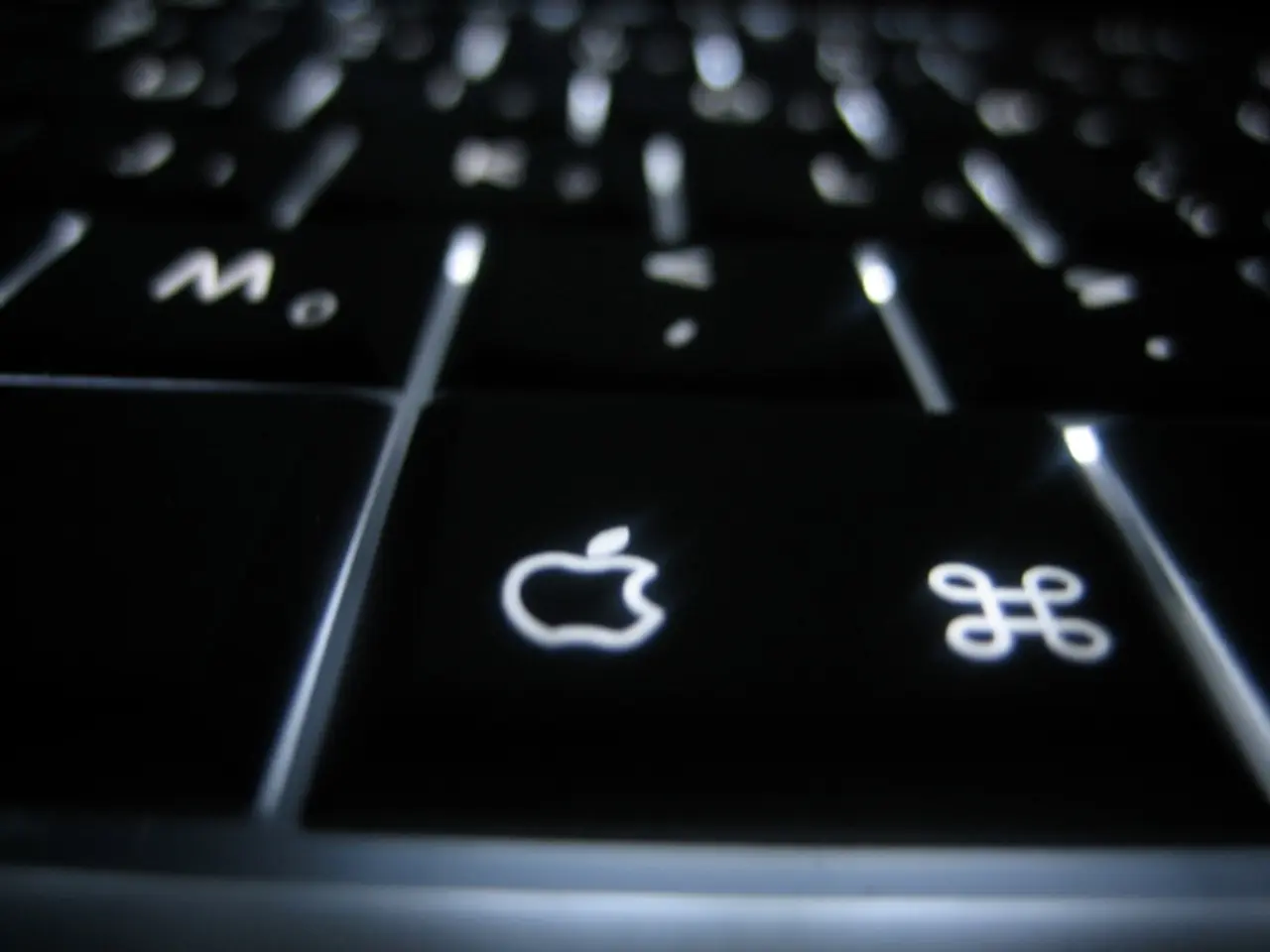Hackintosh Era Drawing to a Close
In the world of personal computing, the Hackintosh era—the practice of installing macOS on non-Apple hardware—has been a fascinating and often challenging chapter. However, with Apple's recent transition to Apple Silicon, this era appears to be drawing to a close.
The Hackintosh phenomenon gained traction due to the availability of macOS and the desire to run it on cheaper or more customizable hardware. Communities and tools emerged to help bypass Apple's hardware restrictions, enabling Hackintosh setups. However, with each transition Apple made, such as from PowerPC to Intel, and more recently, to Apple Silicon, the company tightened security and hardware compatibility, making it harder for Hackintosh users to maintain their systems.
Apple's transition to Apple Silicon, announced on June 22, 2020, at the Worldwide Developers Conference (WWDC), marks a shift from Intel processors to Apple's own system-on-a-chip (SoC) technology, which is based on the ARM architecture. This move aimed to improve performance, power efficiency, and security across Mac devices.
Key events in this transition include the introduction of the M1 chip on November 11, 2020, which was integrated into the Mac Mini, MacBook Air, and 13-inch MacBook Pro. This marked the beginning of the end for Intel-based Macs. The M1-based iMac was released on April 24, 2021, and the M1 Pro and M1 Max chips were unveiled on October 26, 2021, used in the updated 14-inch and 16-inch MacBook Pro models. The Mac Studio, featuring the M1 Ultra chip, was announced on March 8, 2022, and Apple confirmed the development of an Apple Silicon-based Mac Pro.
The transition to Apple Silicon has significantly impacted the Hackintosh community. Apple's SoCs are designed to work seamlessly with macOS, incorporating hardware-based security features and tightly integrated software that is difficult to replicate on non-Apple hardware. Additionally, Apple's licensing agreements and technical restrictions prevent the official installation of macOS on non-Apple devices, making the Hackintosh practice increasingly difficult as Apple Silicon becomes the norm.
With the release of the latest version of macOS, Tahoe, and Apple's announcement that it will stop releasing versions of its operating system for x86 systems, the story of Hackintosh is likely to end. Beyond macOS Tahoe, the focus shifts towards Apple's ARM-powered systems, signalling a new chapter in the world of personal computing.
While the Hackintosh community may continue to find ways to bypass these restrictions, the practice is likely to become more challenging and less popular as Apple Silicon becomes ubiquitous. The dream of a Hackintosh—to build a powerful computer on the cheap, using unauthorized hardware—may no longer be a viable option for many. However, the ingenuity and determination of the Hackintosh community will undoubtedly continue to amaze and challenge Apple in the years to come.
The Hackintosh practice thrived due to the desire to run macOS on diverse, cost-effective, and customizable hardware. With Apple's transition to Apple Silicon, hardware compatibility issues have made it harder for Hackintosh users to maintain their systems.
The shift towards Apple's proprietary ARM-based technology, marked by the M1 chip and subsequent releases, has posed significant challenges for the Hackintosh community, as macOS and Apple Silicon are intrinsically linked, making it difficult to bypass the restrictions on non-Apple hardware.




